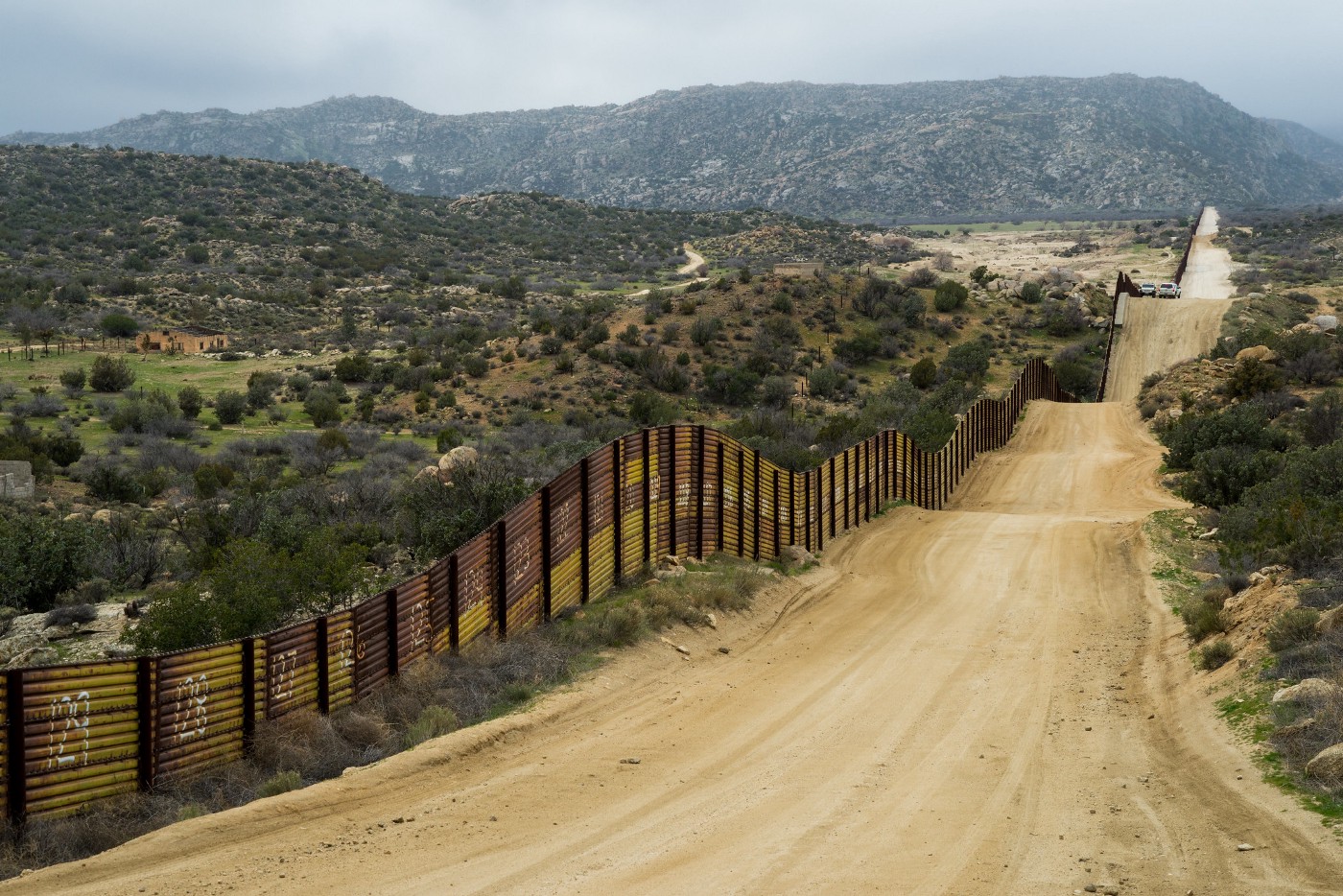
The landscape along the U.S.-Mexico border has changed drastically over the past 150 years — from fencing to surveillance infrastructure to damming and hydraulic projects.
C.J. Alvarez, an assistant professor in UT’s Department of Mexican American and Latina/o Studies, has examined those changes for years, in advance of publishing his book “Border Land, Border Water: A History of Construction on the U.S.-Mexico Divide.”
Alvarez joined the podcast “Interstitial” to talk about these changes, detailing how the international divide has been altered over the years in an effort to control the movement of people, animals, goods and water.
This construction has changed the lives of the people who live in the region — whether they call the U.S. or Mexico home.
Tune in to learn more about the history of construction along the border.
C.J. Alvarez, Ph.D., is an assistant professor in the Department of Mexican American and Latino/a Studies. His research focuses on the history of the U.S.-Mexico border and environmental history. Alvarez is working with Planet Texas 2050 on a project called “Texas Water Stories,” collecting historical narratives about the Rio Grande river.

